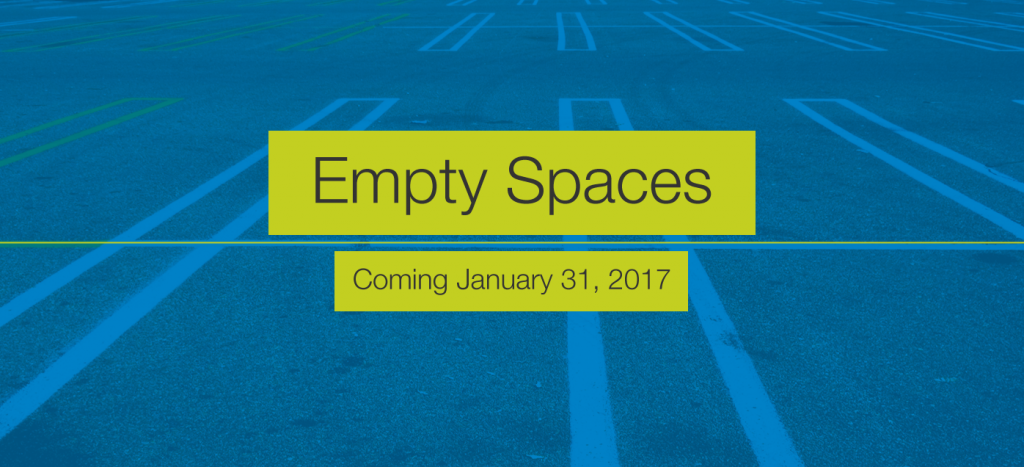
Introducing “Empty Spaces,” new research about parking requirements for transit-oriented developments

The oversupply of parking around transit — usually at the direction of outdated engineering guidelines — takes up valuable land, raises the cost of development, and misses key opportunities. This new research from Smart Growth America analyzes the amount of parking actually used in five transit-oriented development areas and how it compares to the guidelines that many planners, engineers or developers follow.
 The land near transit stations is a valuable commodity. Hundreds or thousands of people travel to and through these places each day, and decisions about what to do with this land have implications for local economies, transit ridership, residents’ access to opportunity, and overall quality of life for everyone in a community.
The land near transit stations is a valuable commodity. Hundreds or thousands of people travel to and through these places each day, and decisions about what to do with this land have implications for local economies, transit ridership, residents’ access to opportunity, and overall quality of life for everyone in a community.
Many communities choose to dedicate at least some of that land for parking. The question is, how much? Standard engineering guidelines are designed for mostly isolated suburban land uses—not walkable, urban places served by transit. But few alternative guidelines for engineers exist.
Empty Spaces: Real parking needs at five TODs, released today by Smart Growth America, set out to determine how much less parking is required at transit-oriented developments (TODs) and how many fewer vehicle trips are generated than standard industry estimates.
Professor Reid Ewing and his research team at the University of Utah College of Architecture + Planning selected five TODs across the country, each with a slightly different approach to development and parking: Englewood, CO; Wilshire/Vermont in Los Angeles, CA; Fruitvale Transit Village in Oakland, CA; Redmond, WA; and Rhode Island Row in Washington, DC. The research team counted the number of people entering and exiting the TOD buildings, and conducted brief intercept surveys of a sample of them. The team also counted parking inventory and occupancy.
The study found that all five TODs generated fewer vehicle trips than standard guidelines estimate, and used less parking than many regulations require for similar land uses. Most of the TODs included in this study also built less parking than recommended by engineering guides, yet even this reduced amount of parking was not used to capacity: the ratio of demand to actual supply was between 58 and 84 percent. Fewer vehicle trips is one likely reason why parking occupancy rates were lower than expected. Another possible reason is that standard engineering guidelines do not fully account for other travel modes that are available and actively encouraged at TODs.
This was crossposted from Smart Growth America
Join us for the kickoff webinar, today at 1 pm
If you’re reading this before 1 p.m. Eastern on 1/31, join us for a kickoff webinar. You are invited to join us:
Register now
Register for the event to to learn more about the findings and to hear from the report’s author, national policy experts, and planners from two of the cities included in this survey. Developers, regulators, and practitioners are already rethinking how much parking is needed at TOD. This new information can help them make better informed decisions, and ultimately create the development needed most at these in-demand locations.



